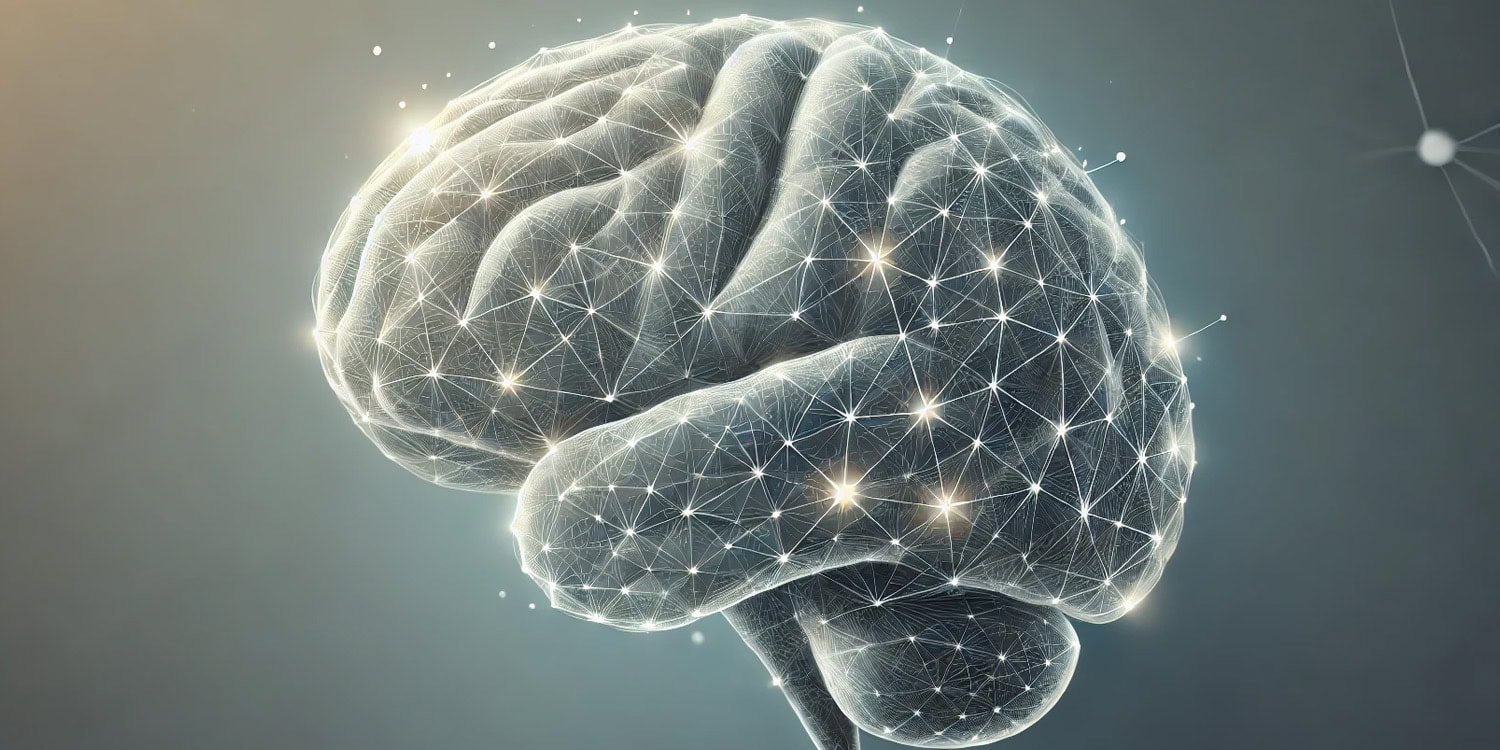In a recent study published in the Journal of Neuroscience, researchers have made a groundbreaking discovery: the subjective feeling of curiosity is linked to specific brain activity, which varies according to uncertainty. Using brain imaging, the team pinpointed how certain regions of the brain respond to ambiguous visual stimuli, helping to explain why we sometimes feel curious when we encounter uncertainty. This research provides novel insights into the neural basis of curiosity and offers clues about how curiosity might arise in various contexts.
Curiosity is a fundamental human trait. It drives us to learn, explore, and seek out new information, even when there are no direct rewards involved. While previous research has shown that curiosity engages brain areas linked to motivation and memory, there is still much to understand about how feelings of curiosity are generated. Specifically, scientists have wondered how our brain represents uncertainty and how this uncertainty might trigger curiosity.
Previous studies on curiosity often focused on questions or trivia and how people’s confidence in knowing the answer influenced their curiosity. This research consistently showed that people tend to be more curious when they are less confident about the answer, suggesting a link between uncertainty and curiosity. However, the neural mechanisms behind this link remained largely unexplored. This new study set out to clarify these mechanisms by focusing on perceptual curiosity—curiosity triggered by ambiguous or distorted images rather than factual questions.
“The neural mechanisms that generate curiosity are very poorly understood. Perceptual curiosity — curiosity about ambiguous images — is particularly interesting, because it offers the possibility to understand how curiosity about an item (e.g., an image) arises from the way that the brain represents that item and specifically, about the uncertainty of that neural representation,” said corresponding author Jacqueline Gottlieb, a professor of neuroscience and principal investigator at Columbia University’s Zuckerman Institute.
To investigate how uncertainty relates to curiosity, researchers recruited 32 participants who underwent brain scans using functional magnetic resonance imaging (fMRI), a noninvasive technology that tracks brain activity by measuring changes in blood oxygen levels. As participants viewed images, the researchers could observe how various brain regions responded.
The visual stimuli used in the study were special images called “texforms.” These texforms were images of animals or man-made objects, such as a walrus or a hat, that had been distorted to varying degrees. The distortion was designed to make the images more or less recognizable, thus creating different levels of uncertainty for the participants.
In each trial, participants viewed a texform and were asked to guess what the original image might be. They then rated both their confidence in their guess and their curiosity about seeing the undistorted image. Finally, the participants were shown the original image, giving them the “answer” to their guess.
Throughout the process, the researchers measured brain activity, focusing on specific regions like the occipitotemporal cortex (OTC), the ventromedial prefrontal cortex (vmPFC), and the anterior cingulate cortex (ACC). The OTC, located just above the ears, is a brain region involved in visual processing and object recognition, while the vmPFC and ACC are areas associated with subjective confidence, decision-making, and information-seeking behaviors.
The researchers found that participants’ curiosity was inversely related to their confidence: the less confident they were about what the distorted image depicted, the more curious they were to see the original image. This relationship was expected based on previous studies involving trivia questions, but the researchers demonstrated it with visual stimuli, expanding the understanding of curiosity to perceptual domains.
One of the most significant findings was how curiosity corresponded to activity in the OTC. When participants were less curious, the OTC showed brain activity patterns that distinctly identified the texform’s category, whether it was an animal or a man-made object. In other words, when participants were more curious, the OTC displayed more ambiguous activity patterns, suggesting that the brain couldn’t clearly categorize the image, which heightened curiosity.
“I was pleasantly surprised to find a significant correlation between visual activity and curiosity,” Gottlieb told PsyPost. “Of course, our study was conducted in the hope that we would find such a correlation. However, there were many reasons why we may have failed to find it — for instance, the fact that many processing stages intervene between the visual activity and the subjective feeling that activity generates. So I was very gratified — and a bit surprised — to get the result we were hoping for.”
Furthermore, brain scans revealed that two additional areas—the vmPFC and ACC—were active during the task. The vmPFC, which is involved in evaluating confidence and value, showed increased activity when participants felt more certain about the texform’s identity, and decreased activity when curiosity was higher. This region appeared to act as a kind of “bridge” between the uncertainty represented in the OTC and the participants’ feelings of curiosity. It seemed to “read” the uncertainty from the OTC and helped determine whether the person needed to be curious about the image.
Interestingly, while both the vmPFC and ACC responded to confidence, only the vmPFC appeared to mediate the relationship between curiosity and the uncertainty in the OTC. This suggests that different brain regions may play distinct roles in how we experience and act on curiosity.
The findings demonstrate “that the brain has sophisticated mechanisms, which involve interactions among several areas, of signaling when you are uncertain and should become curious (ask a question) about something,” Gottlieb explained.
The study sheds new light on the neural mechanisms of curiosity. But there are limitations to consider. The study focused exclusively on visual curiosity, specifically curiosity about ambiguous images. It remains to be seen whether these findings can be generalized to other forms of curiosity, such as curiosity about trivia questions or social information. Future research will need to explore whether the same brain mechanisms are involved when people are curious about different types of stimuli.
“The results are so far specific to the images we used,” Gottlieb noted. “It is my hope that they will generalize to other types of curiosity (for example, curiosity about other images, or about trivia questions) but this remains to be determined in future research.”
The study also raises important questions about individual differences in curiosity. For example, are some people more prone to curiosity because of differences in how their brains process uncertainty? Could curiosity be linked to personality traits or interests? These are open questions that future research could explore. Understanding how curiosity varies between individuals could have implications for education, where fostering curiosity is often a goal, and for mental health, where curiosity is sometimes diminished in conditions like depression.
“I would like to continue to understand the neural mechanisms that generate other forms of curiosity, and how they relate to individual interests and personality types,” Gottlieb said.
The study, “Neural Representations of Sensory Uncertainty and Confidence are Associated with Perceptual Curiosity,” was authored by Michael Cohanpour, Mariam Aly, and Jacqueline Gottlieb.




